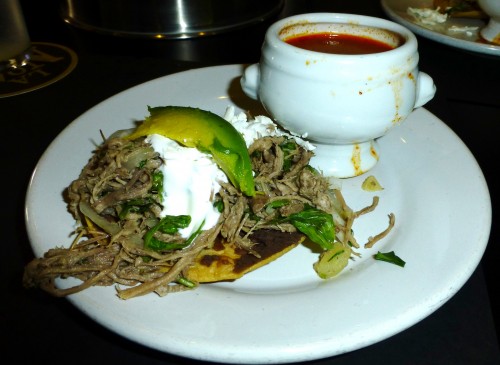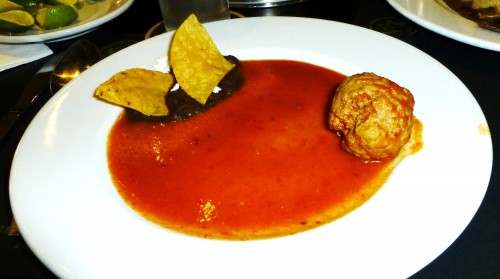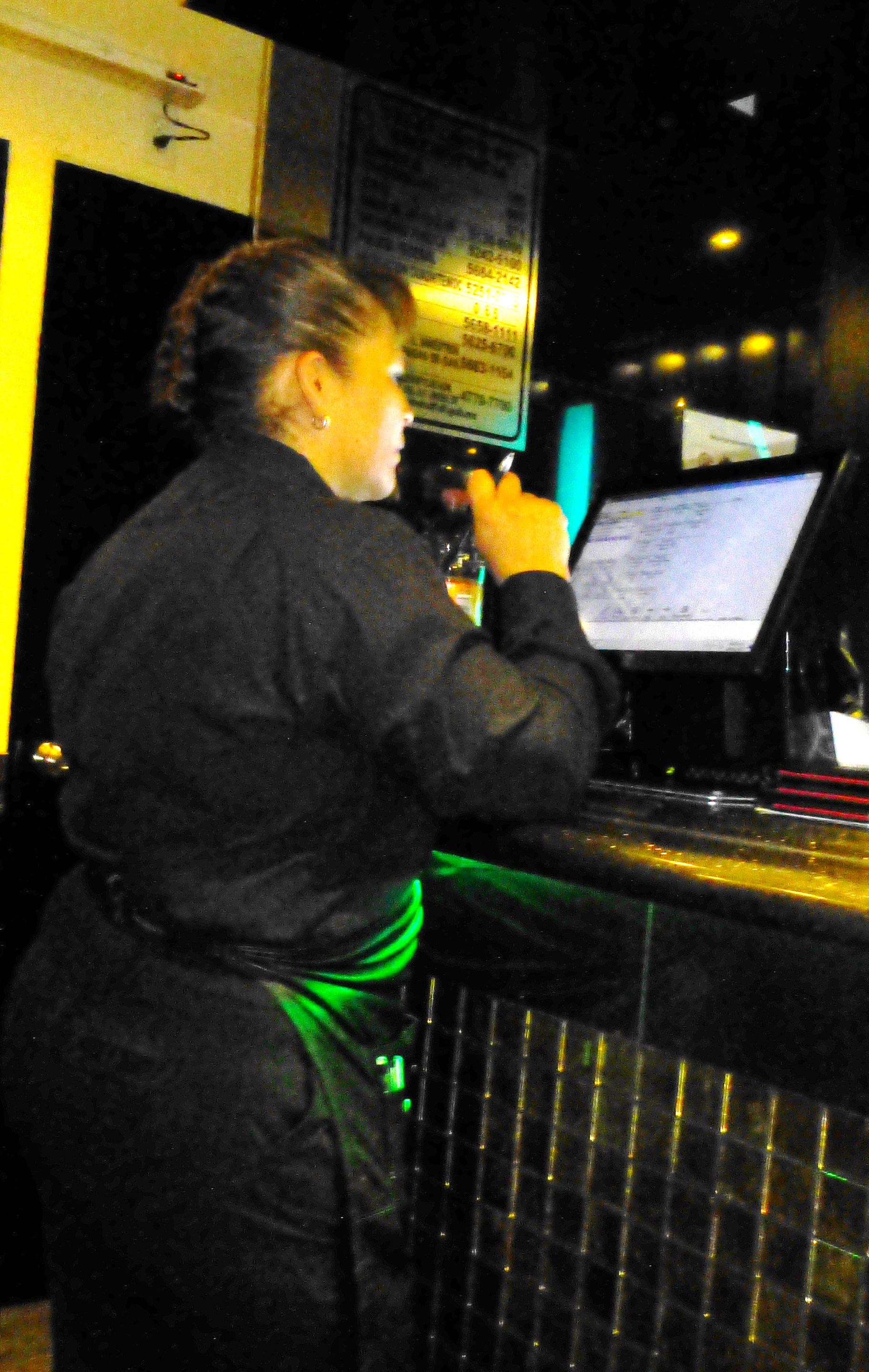If you know my work, you're probably aware that I have written frequently about cantinas. There is a whole chapter about them in my book First Stop in the New World, and on the journalism page of this website there is an article about them. However, I don't go to them as often as I did in the bloom of youth -- or even five years ago. They are mostly an afternoon affair, and the older I get the harder it is to get through the night after an afternoon of drinking. If I drink too much too early I feel hungover by eight in the evening, and that's pathetic.
Still, once in a while I can't resist them. My friend J.M. Servín recently told me about a cantina in the centro histórico called La Número Siete, on Calle Ayuntamiento #21, between López and Dolores. It has recently undergone a renovation, and I had a great afternoon there.
Most cantinas in Mexico City serve botanas -- free food that accompanies the drinks that you pay for. At La Número Siete they are abundant and delicious. The day I went there they included, among other things, tostadas with shredded beef, meatballs in chipotle sauce and liver and onions.
You can also order from an a la carte menu, and if that isn't enough, La Número Siete is next door to El Huequito, a hole in the wall that has what many think are the best tacos al pastor in the city. (They have a lot of competition.) You can order them from El Huequito and the waiters from La Número Siete will run and get them for you.
Unlike many cantinas there are women personnel at La Número Siete, including this subject, who referred to herself as la jefa (the boss).
Or this one, who waited on our table.
Because of the botana, I've always thought that cantinas in Mexico City are more civilized than bars in the United States and most of Europe, where you can count yourself lucky if there is so much as a bowl of peanuts to accompany your drink. Drinking always goes down better if good food accompanies it.











